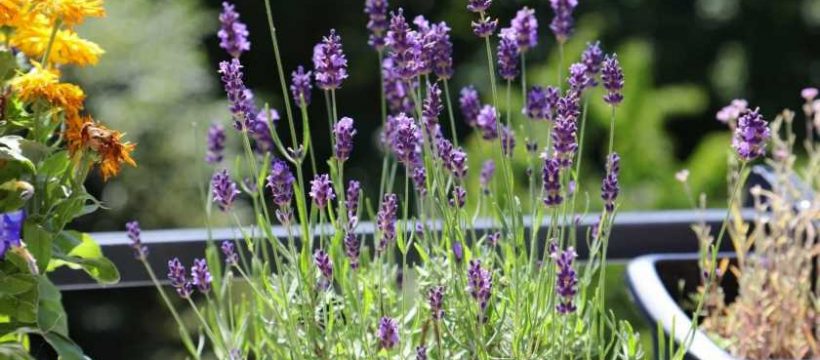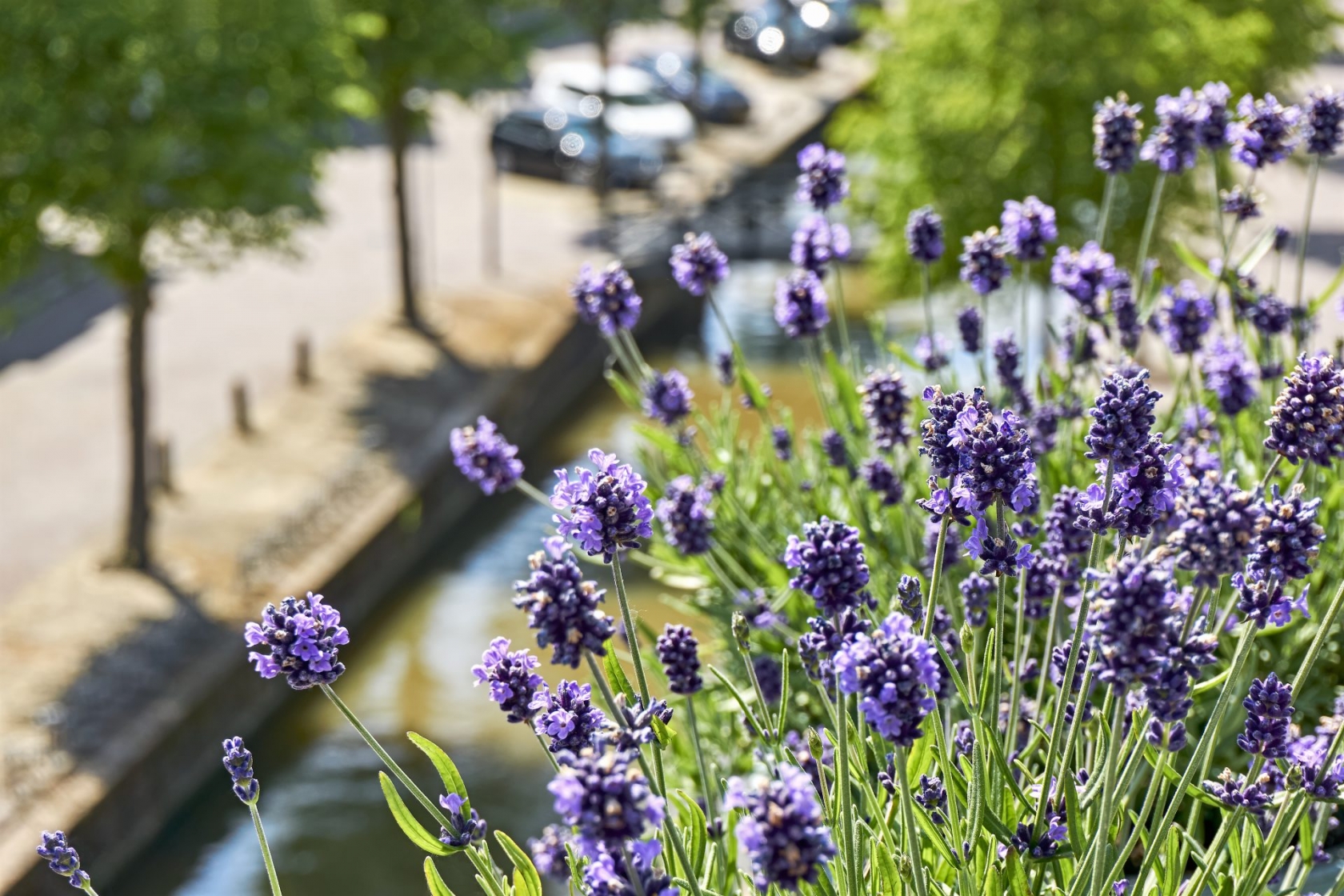Want to make your outdoor space a bee-friendly environment, but not sure where to start? Here are five of the best flowers to plant no matter what size space you’re working with.
You don’t need to be an environmental expert to know that the world’s bee population is in trouble.
Here in the UK, a combination of factors including a loss of habitat, intensive farming and climate change have all contributed to a loss or decline in bee populations.
While a 2019 study found that a third of wild bee species are in decline in Britain, a 2014 report by the Department of Environment, Food and Rural Affairs (DEFRA) also revealed that, of the 26 bumble bee species recorded in the UK 80 years ago, two are no longer present and another six are now found in a much smaller area than before.
You also don’t need to be an expert to know that this is bad news – not just for the bees, but for humans, too. It’s not just honey that we would lose if bees went extinct – the small, buzzing creatures pollinate 70 of around 100 crop species that feed 90% of the world, so it’s thought that, without them, the world would not produce enough food to sustain its current population.
While many of the problems currently being faced by bees may feel far out of your control, there are some small things you can do to help protect the bees in your local area – one of which is creating a bee-friendly environment in your garden, balcony or outdoor space.
Although it might not feel like much, creating a bee-friendly habitat at home can make a big difference, especially if you live in an urban area where bee habitats are few and far between (a 2015 study found that flowers planted in gardens and allotments in cities provide a valuable food source for bees, with some of Britain’s urban areas home to more types of wild bee than farmland).
Creating a haven for bees is a great way to spruce up your outdoor space, too. Although bees are colour-blind to red, they have the best sensitivity to blue and yellow, so planting bee-friendly blooms in your outdoor space is guaranteed to bring a splash of colour to your environment.
With this in mind, this World Bee Day (20 May), Stylist spoke to Kellie Donovan, head florist at the online floral gift specialist Flowercard, to find out more about the best bee-friendly flowers that can be grown on a balcony or in smaller spaces to help you get started. Here’s what she had to say.
-
Eryngium
Best bee-friendly flowers: Eryngium. Also known as ‘sea holly,’ eryngium is an eye-catching flowering plant that bees absolutely love. It typically grows well in coastal gardens or sunny spots, but it won’t mind being popped in a pot on a balcony, either.
“Eryngium is similar in look to thistles, with a tight cluster of white and blue flowers and a decorative spiky ruff,” Donovan explains.
“There is a wide variety of species and breeds available, so you can pick the best kind to attract bees – we love the ‘Big Blue’, which, as the name suggests, is an intense, metallic blue colour that really appeals to bumblebees.”
Not only is eryngium a perennial, so you won’t have to replant it next spring, but its blooms also look great when dried, so you can use them to create a dried bouquet and keep enjoying them all year round.
-
Crocosmia
Best bee-friendly flowers: Crocosmia. If you want to keep your balcony blooming into the autumn months, then consider planting some beautiful crocosmia, which flowers from August to October.
“This wonderfully bright and colourful bloom is an ideal way to add vivid colour to your outdoor space, and it’s also a beautiful cut flower that you can pop into vases around the home, which is why Flowercard uses it within their arrangements,” Donovan says.
Because bees adore yellow, Donovan recommends using one of the ‘Citronella’ or ‘George Davison’ varieties to add a range of colours to your collection.
-
Lavender
Best bee-friendly flowers: Lavender. Not only does this classic flower smell incredible, but it’s a favourite among the bees.
“For an outdoor space that promises spa-like tranquillity (for you and the bees), lavender is a wonderful choice,” Donovan suggests. “It’s a hugely popular plant, and it’s easy to see why – quick and simple to grow in pots, this sweet-scented bloom will thrive in sunny spots, and bees will thrive because of its presence.”
Donovan continues: “You can also repurpose the lavender buds around your home to bring a sense of relaxation indoors – try creating a soothing room spray, or even use it to add a delicate floral flavour to homemade lemonade (or cocktails).”
To keep your lavender happy and ensure it produces lots of those beautiful purple spires, make sure to keep it in a spot where it gets lots of sun.
-
Rosemary
Best bee-friendly flowers: Rosemary. You probably know rosemary as a herb which is used in a variety of dishes, but did you know it produces bee-friendly flowers, too?
“Bumblebees absolutely love rosemary, and best of all, you can enjoy its charms too,” Donovan explains. “Rosemary is an evergreen plant (flourishing all year round) that grows beautifully in pots on windowsills or balconies, or in a small garden space.”
You can even get a range of different rosemary varieties which produce blooms in white, pink, blue and purple, so you’ll be spoilt for choice.
-
Foxgloves
Best bee-friendly flowers: Foxgloves. If you’re looking to add a touch of the ‘wow factor’ to your outdoor space, look no further than the foxglove. Not only do they look great, but they’re also native to woodland so don’t mind growing in shady areas – perfect if your balcony doesn’t get much sun.
“Even gardening novices can feel confident in caring for foxgloves, as they’re brilliant low-maintenance while providing wonderful colour, height and structure to your outdoor space,” Donovan says.
“Foxgloves are easily recognised by their bell-shaped heads, which bumblebees need to crawl inside in order to access the pollen anthers. Watch carefully, and you can see the bees crawling back out of the flowers, covered in pollen – truly a sweet sight to behold.”
Images: Getty
Source: Read Full Article

